Home>Garden Essentials>How To Start Seeds In A Paper Towel
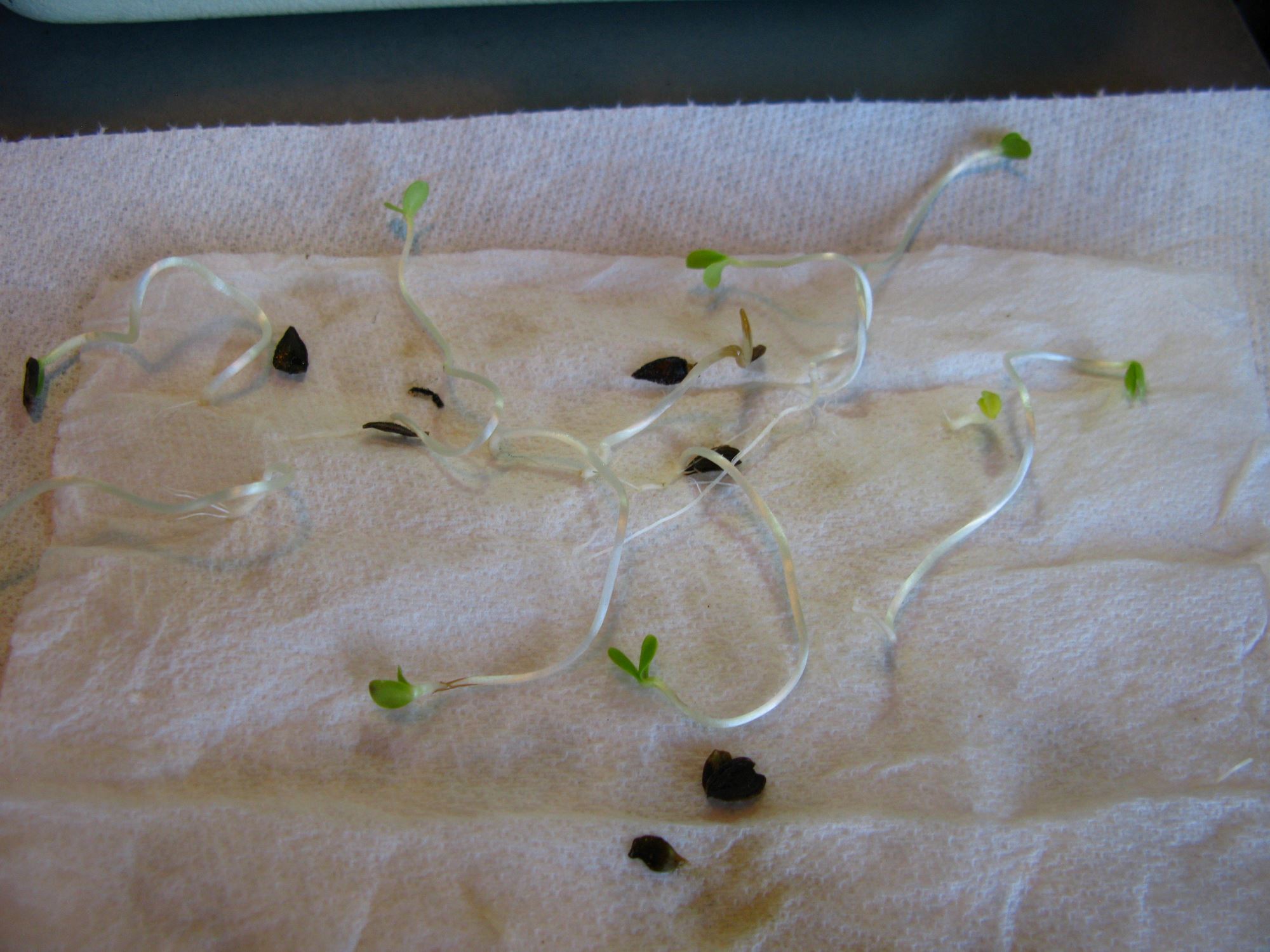

Garden Essentials
How To Start Seeds In A Paper Towel
Modified: August 28, 2024
Learn how to start seeds in a paper towel and kickstart your garden! Discover the simple steps and tips to ensure successful seed germination.
(Many of the links in this article redirect to a specific reviewed product. Your purchase of these products through affiliate links helps to generate commission for Storables.com, at no extra cost. Learn more)
Introduction
Welcome to the wonderful world of gardening! If you’re a beginner gardener or someone looking to experiment with starting seeds, you’ve come to the right place. Starting seeds is a crucial first step towards growing your own plants, and it can be done in various ways. One popular and cost-effective method is starting seeds in a paper towel.
In this article, we will discuss the benefits of starting seeds in a paper towel, the materials required, and provide you with a step-by-step guide to get you started on your seed-sowing journey. So, grab your gardening gloves, and let’s dive in!
Why Start Seeds in a Paper Towel?
Starting seeds in a paper towel offers several advantages for both beginner and experienced gardeners. First and foremost, it allows you to control the conditions necessary for successful germination. You can create a favorable environment by regulating temperature, moisture, and light.
Additionally, using a paper towel is a cost-effective method. You don’t need to invest in expensive seed trays or planting mediums. Most households have paper towels readily available, making it a convenient option for starting a small number of seeds.
Another benefit is the ability to observe the germination process more closely. With a paper towel, you can monitor the progress of your seeds easily. This can be a great hands-on learning experience, especially for children or those new to gardening.
Materials Required
Before starting your seed sowing adventure, gather the following materials:
- Seeds of your choice
- Paper towels (preferably unbleached)
- Plastic ziplock bags or plastic containers with lids
- A spray bottle filled with water
- A marker or labels
- A warm and well-lit area
Now that we have everything we need, let’s delve into the step-by-step guide to starting seeds in a paper towel.
Key Takeaways:
- Starting seeds in a paper towel is a cost-effective and educational way to grow plants. It allows you to control germination conditions and observe the magic of seed sprouting up close.
- Avoid common mistakes like overwatering and insufficient moisture when starting seeds in a paper towel. Provide the right environment and care for successful seed germination and transplanting.
Read more: How To Germinate With Paper Towel
Benefits of Starting Seeds in a Paper Towel
Starting seeds in a paper towel offers a range of benefits that make it a popular choice for gardeners. Let’s explore some of the advantages of this method:
1. Cost-effective: One of the biggest advantages of starting seeds in a paper towel is that it is a cost-effective option. Rather than purchasing expensive seed trays or planting mediums, you can utilize everyday items like paper towels that are readily available in most households. This makes it an affordable way to start a garden, especially if you only need to sow a small number of seeds.
2. Control over germination conditions: When you start seeds in a paper towel, you have greater control over the germination conditions. You can regulate factors like temperature, moisture, and light to create an optimal environment for germination. This control helps to increase the chances of successful seed germination and ensures healthier seedlings.
3. Easy monitoring of germination: Using a paper towel allows you to closely monitor the progress of seed germination. The transparency of the paper towel lets you observe the seeds as they sprout and develop roots. This hands-on approach not only offers a rewarding gardening experience but also allows you to identify any issues or complications early on, such as seed failures or fungal growth.
4. Quick germination: Starting seeds in a paper towel can often lead to quicker germination compared to traditional methods. The paper towel provides an ideal balance of moisture and air circulation, promoting faster and more uniform germination. This is particularly beneficial for plants with longer germination periods or those that have challenging germination requirements.
5. Space-saving: If you have limited space for seed starting, using a paper towel can be a great solution. It eliminates the need for bulky seed trays and planting mediums, allowing you to sow seeds in a small area. Additionally, once the seeds have germinated and developed roots, they can be easily transplanted into pots or a garden bed, further maximizing space utilization.
6. Versatility: Starting seeds in a paper towel is a versatile method that can be used for a wide range of plant species. From vegetables and herbs to flowers and houseplants, you can experiment with various seeds using this technique. It offers flexibility and allows you to start seeds indoors, regardless of the gardening space you have available.
7. Educational value: Starting seeds in a paper towel is not only beneficial for adults but also for children or those new to gardening. It provides a hands-on learning experience, allowing individuals to witness the magic of seed germination up close. The transparent nature of the paper towel makes it easier to understand the different stages of plant growth, fostering a deeper appreciation for nature and the plant life cycle.
As you can see, starting seeds in a paper towel is a cost-effective, space-saving, and educational method that offers greater control over germination conditions. It’s a versatile technique suitable for various plant species and can lead to quicker and more successful germination. So, give it a try and watch your seeds sprout and flourish!
Materials Required
Before you embark on your seed-starting journey using a paper towel, gather the following materials:
- Seeds of your choice: Select the seeds you wish to sow. Consider your climate, the season, and the specific requirements of the plants you want to grow. You can choose from a wide variety of flowers, vegetables, herbs, and even houseplants.
- Paper towels: Use high-quality paper towels for this method, preferably unbleached ones. Avoid using recycled or heavily printed paper towels, as they may contain chemicals or dyes that could be harmful to your plants.
- Plastic ziplock bags or plastic containers with lids: You will need a suitable container to provide a controlled environment for germination. Plastic ziplock bags or plastic containers with secure lids work well for this purpose. Make sure the container is large enough to accommodate the paper towel and the seeds, allowing some air circulation.
- A spray bottle filled with water: You will need a spray bottle to moisten the paper towel and keep it consistently moist during the germination process. This will provide the necessary moisture for the seeds to sprout.
- A marker or labels: To keep track of the different seeds you are starting, use a marker to label each container or ziplock bag. This will prevent confusion and help you identify the seeds easily once they sprout.
- A warm and well-lit area: Find a suitable location to place your containers or ziplock bags that offers warmth and adequate lighting. A windowsill that receives ample sunlight or a warm spot near a heat source, such as a radiator, would be ideal.
Now that you have gathered all the necessary materials, you are ready to start sowing your seeds in a paper towel. Follow the step-by-step guide provided below to ensure successful germination and healthy seedlings.
Step-by-Step Guide to Starting Seeds in a Paper Towel
Starting seeds in a paper towel is a simple and effective method that can lead to successful germination. Follow these steps to get started:
- Moisten the paper towel: Take a paper towel sheet and dampen it with water. Make sure it is moist but not dripping wet. Lay it flat on a clean surface.
- Arrange the seeds: Place your seeds evenly spaced on one half of the damp paper towel. Use your fingers or tweezers to position the seeds, making sure they are not too close together.
- Fold the paper towel: Carefully fold the other half of the paper towel over the seeds, covering them completely. Press down gently to ensure good seed-to-towel contact.
- Transfer to the container: Place the folded paper towel with the seeds into a plastic ziplock bag or a plastic container with a lid. Seal the bag or container to create a mini greenhouse-like environment.
- Label the container: Use a marker or labels to identify the type of seeds and the date of sowing on the container. This will help you keep track of your seeds and monitor their progress.
- Provide warmth and light: Find a warm and well-lit area to set up your container. Ideally, the temperature should be around 70-85°F (21-29°C). Place the container near a heat source or on a windowsill that receives ample sunlight. Avoid direct sunlight, as it could overheat the seeds.
- Maintain moisture: Check the paper towel regularly to ensure it remains consistently moist. Use a spray bottle to spritz water onto the towel if it starts to dry out. Be careful not to oversaturate it, as excessive moisture can lead to rotting seeds.
- Monitor germination: Within a few days to a couple of weeks, depending on the seed type, you should start to see signs of germination. Once the seeds sprout and develop roots, they are ready to be transplanted.
Note: Some seeds may require pre-soaking or scarification (a process that breaks down seed coats) before starting them in a paper towel. Research the specific requirements of the seeds you are using to ensure optimal germination.
Starting seeds in a paper towel is an exciting and rewarding process. It allows you to closely observe the germination process and gives you a head start on growing healthy seedlings. Remember to be patient, as germination times can vary between seed varieties. With proper care and attention, your seeds will transform into thriving plants ready to be transferred to their permanent growing spots.
Before starting seeds in a paper towel, make sure to moisten the towel with water, but not too much to avoid mold growth. Place the seeds evenly spaced on the towel, fold it over, and place it in a plastic bag to create a mini greenhouse. Keep the towel moist and check for germination in a few days.
Mistakes to Avoid
While starting seeds in a paper towel is a relatively simple process, there are some common mistakes that can jeopardize the success of your seed germination. Avoiding these mistakes will help ensure healthy seedlings. Here are some key mistakes to watch out for:
1. Overwatering: Excessive moisture can suffocate the seeds or cause them to rot. It’s important to keep the paper towel consistently moist without soaking it. Avoid overwatering by using a spray bottle to mist the towel and regularly checking its moisture level.
2. Insufficient moisture: On the other hand, allowing the paper towel to dry out completely can hinder germination. The seeds need a consistent level of moisture to sprout. Monitor the moisture level and mist the towel as needed to maintain adequate moisture.
3. Lack of air circulation: While it’s important to keep the paper towel moist, it’s equally crucial to provide sufficient airflow. A lack of air circulation can lead to the growth of mold or fungus. To prevent this, ensure that the container or ziplock bag has small ventilation holes or is left slightly open to allow some fresh air to circulate.
4. Inadequate temperature: The optimal temperature for germinating seeds can vary depending on the plant species. However, most seeds prefer temperatures in the range of 70-85°F (21-29°C). Avoid placing the container in excessively hot or cold areas, as extreme temperatures can inhibit or delay germination.
5. Improper seed positioning: Carefully arrange the seeds on the damp paper towel, ensuring they are evenly spaced and not too close together. Crowding the seeds can lead to competition for resources and hinder their development. Give each seed enough space to grow without interference from neighboring seeds.
6. Using low-quality or bleached paper towels: Choose high-quality, unbleached paper towels that are free from chemicals or dyes. Avoid using recycled or heavily printed paper towels, as they may contain harmful substances that can affect seed germination and plant growth.
7. Neglecting to label the container: It’s crucial to label the container or ziplock bag with the type of seeds and the date of sowing. This will help you keep track of your seeds and their progress. Without proper labeling, it can be challenging to identify and differentiate the sprouted seeds, especially if you are starting multiple seed varieties.
8. Skipping research on seed requirements: Different seeds have different germination requirements. Some may require pre-soaking, stratification (exposure to cold temperatures), or scarification (breaking down the seed coat). Research the specific requirements of the seeds you are using to ensure you provide the necessary conditions for successful germination.
By avoiding these common mistakes, you can increase the chances of successful seed germination and healthy seedlings. Pay attention to the needs of your seeds, provide the right environment, and carefully monitor their progress. With time and patience, you’ll soon witness the joy of seeing your seeds sprout and thrive!
Read more: How To Sprout Seeds Paper Towel
Transplanting Seedlings
Once your seeds have sprouted and developed roots, it’s time to transplant them into their permanent growing containers or garden beds. Transplanting seedlings can be an exciting and crucial step in their development. Follow these steps to ensure a successful transition:
- Prepare the new container or garden bed: If you are using containers, choose ones that provide adequate drainage to prevent waterlogging. Fill them with a well-draining potting mix or soil suitable for the specific plant species you are transplanting. For garden beds, prepare the soil by loosening it and incorporating organic matter for improved fertility.
- Water the new planting area: Before transplanting, thoroughly water the new container or garden bed. This will help settle the soil and create a moist environment for the seedlings.
- Carefully remove the seedlings: Gently loosen the paper towel around the seedlings. Be cautious not to damage the fragile roots. If the roots have grown into the paper towel, use a pair of scissors to carefully cut around the roots.
- Plant the seedlings: Dig a small hole in the new container or garden bed, large enough to accommodate the seedling’s roots. Place the seedling into the hole and gently backfill with soil, ensuring that the stem is at the same level or slightly above the soil surface. Firmly press the soil around the base of the seedling to secure it in place.
- Water and provide care: After transplanting, water the seedlings thoroughly to settle the soil around the roots and provide hydration. Place the containers or bed in a suitable location with the appropriate amount of light and temperature for the plant species. Monitor the moisture level and water as needed, being careful not to overwater or let the soil dry out completely.
- Gradual acclimation: If you are transplanting seedlings from an indoor environment to an outdoor garden, it’s important to acclimate them gradually to the outdoor conditions. This process, known as hardening off, involves exposing the seedlings to increasing periods of outdoor sunlight and temperature over a few days or weeks. This helps the seedlings adjust to the new environment and reduces the risk of transplant shock.
- Maintain post-transplant care: After transplanting, continue to provide the necessary care for your seedlings. This includes regular watering, appropriate fertilization if needed, protection from pests or harsh weather conditions, and pruning as necessary to encourage healthy growth.
Remember, transplanting seedlings can be a delicate process, so handle them with care to avoid damaging their roots or stems. By providing the right conditions and proper post-transplant care, your seedlings will establish themselves and thrive in their new home.
Keep in mind that different plant species have different transplanting requirements, so it’s always a good idea to research the specific needs of the plants you are growing. With attentive care, your transplanted seedlings will grow and flourish, bringing beauty and abundance to your garden.
Conclusion
Congratulations! You have now learned the art of starting seeds in a paper towel. This cost-effective and versatile method offers many benefits, such as greater control over germination conditions, easy monitoring of seedlings, and quick germination. By following the step-by-step guide and avoiding common mistakes, you can successfully germinate your seeds and transplant the seedlings for further growth.
Starting seeds in a paper towel is not only a practical and economical approach but also a fantastic way to connect with nature and experience the joys of gardening. It provides an opportunity to witness the magic of seed germination and see tiny seeds transform into thriving plants.
Remember to gather the necessary materials, including high-quality paper towels and appropriate containers. Pay attention to essential factors like moisture, temperature, and air circulation to create the ideal conditions for germination. And don’t forget to label your containers to keep track of your seed varieties.
Once the seeds have germinated and developed roots, carefully transplant the seedlings into their permanent growing containers or garden beds. Provide them with the necessary care, including proper watering, suitable lighting, and protection from pests and extreme weather conditions.
Through patience, dedication, and a little bit of green thumb, you’ll watch your seedlings grow into healthy and vibrant plants. Soon, you’ll be able to enjoy the beauty and abundance of your garden, whether it’s filled with colorful flowers, fresh vegetables, aromatic herbs, or lush houseplants.
So, roll up your sleeves, grab your gardening tools, and embark on this exciting journey of starting seeds in a paper towel. As you nurture and witness the growth of your plants, you’ll develop a deeper appreciation for nature and the incredible life force that lies within a tiny seed.
Happy seeding and may your garden flourish with beauty and bounty!
Frequently Asked Questions about How To Start Seeds In A Paper Towel
Was this page helpful?
At Storables.com, we guarantee accurate and reliable information. Our content, validated by Expert Board Contributors, is crafted following stringent Editorial Policies. We're committed to providing you with well-researched, expert-backed insights for all your informational needs.
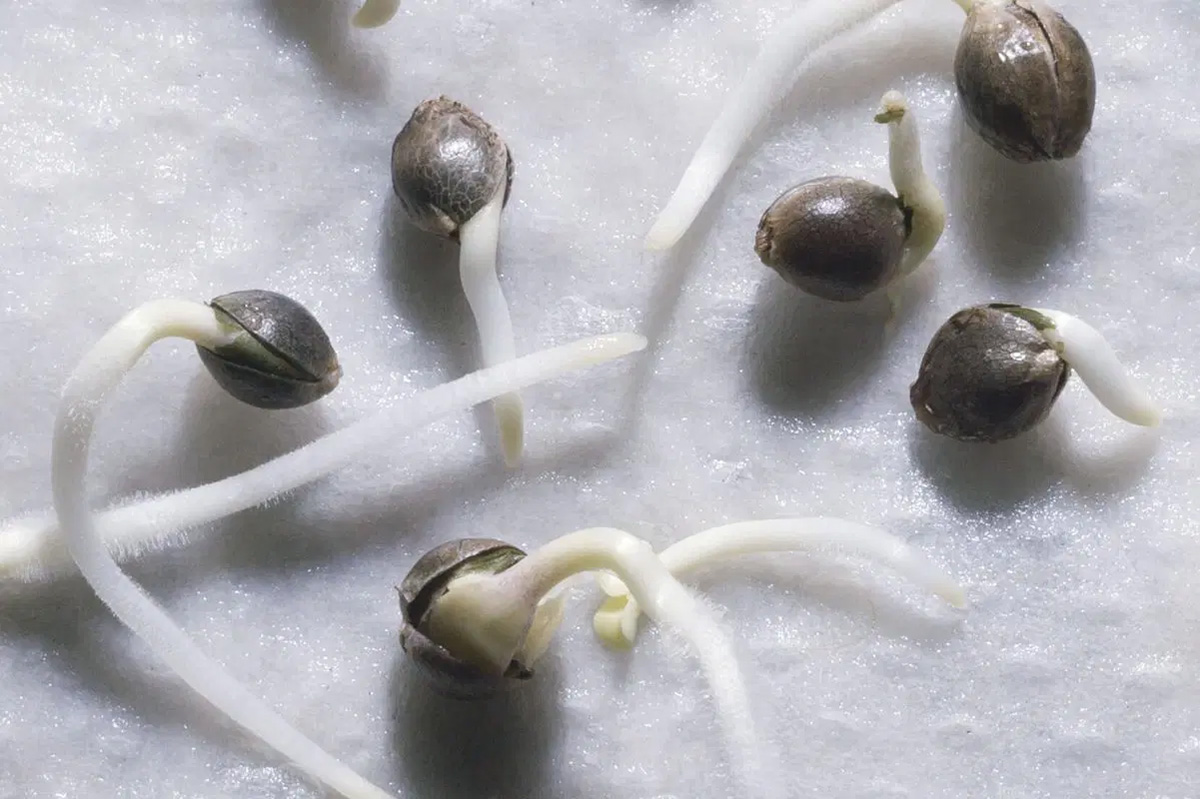
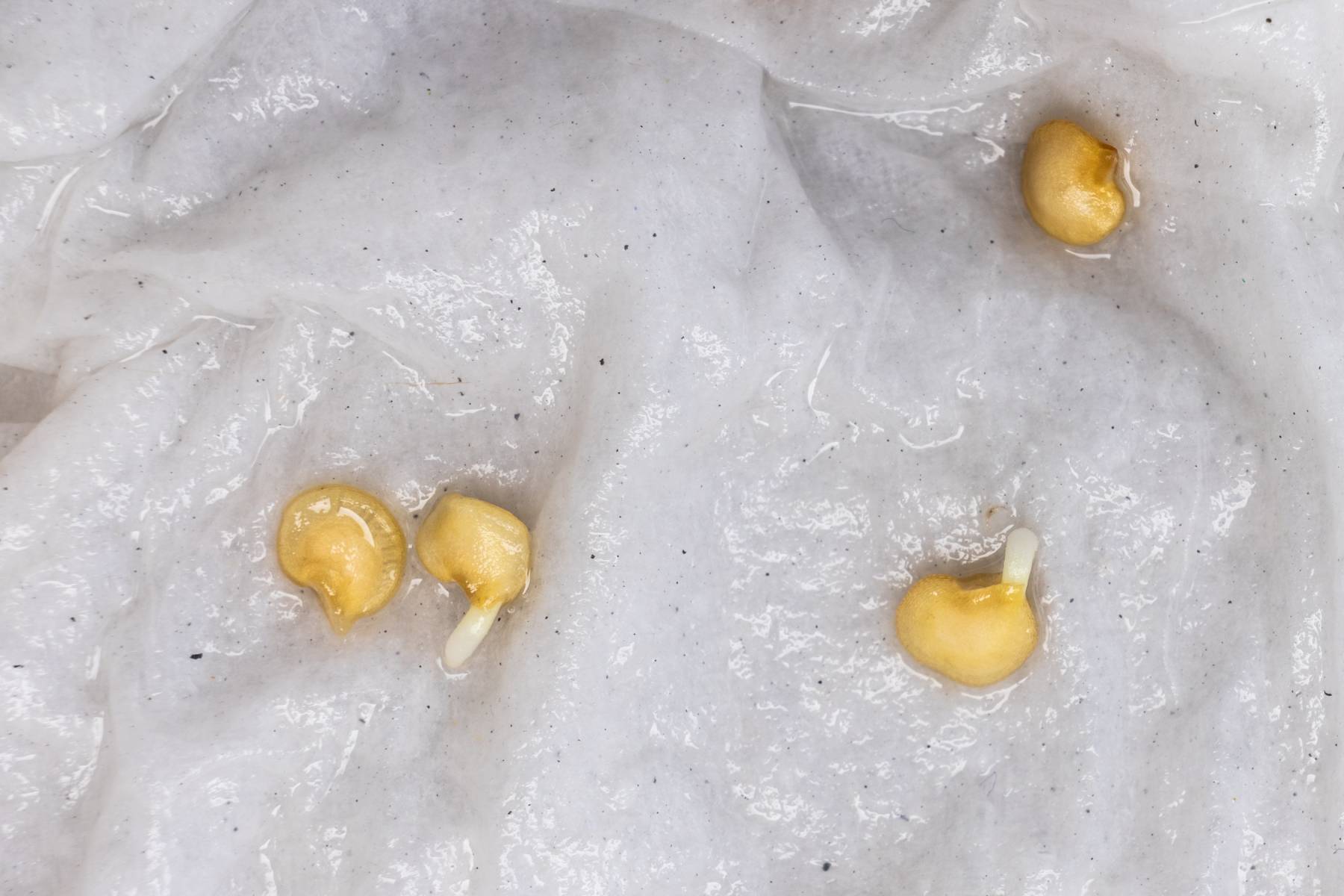
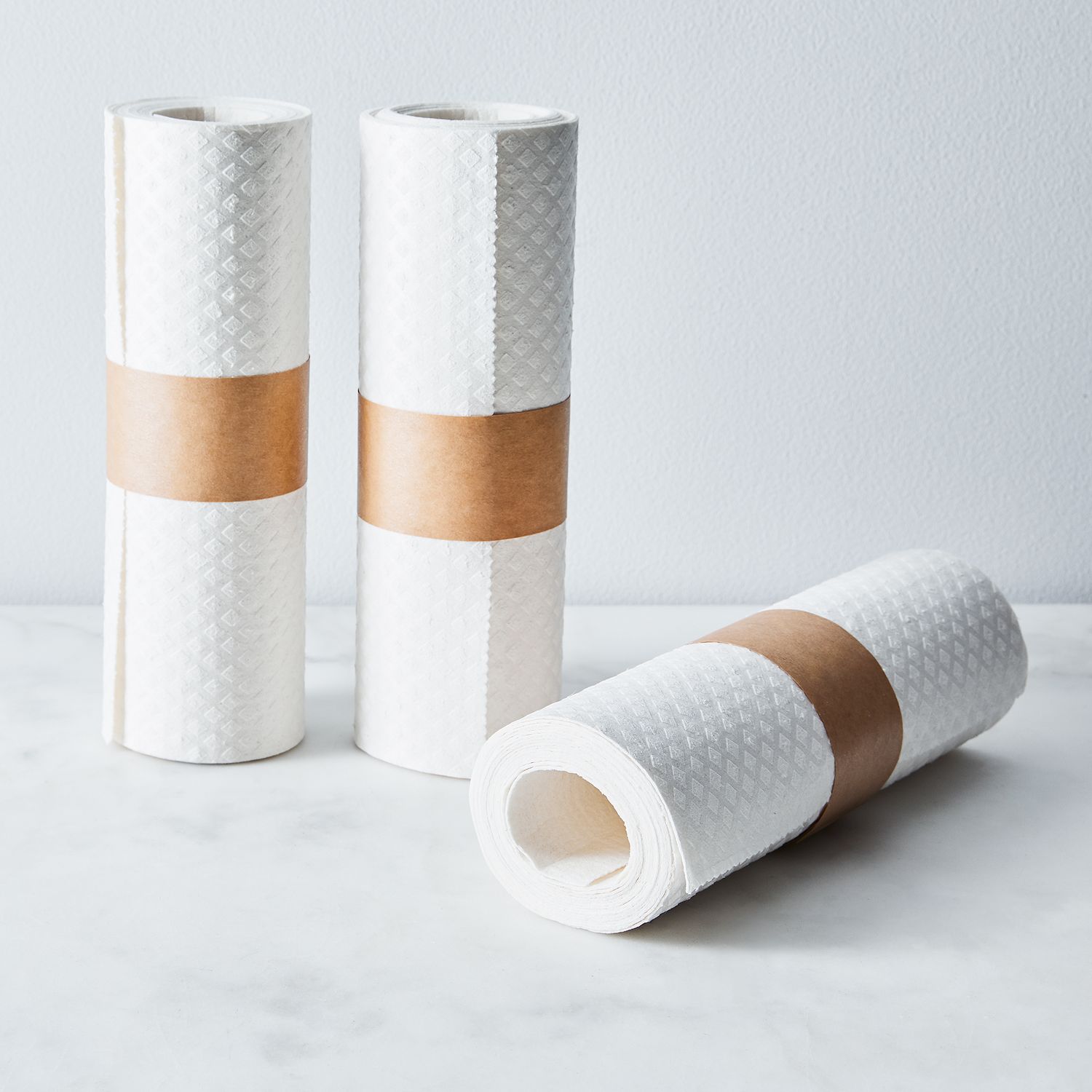
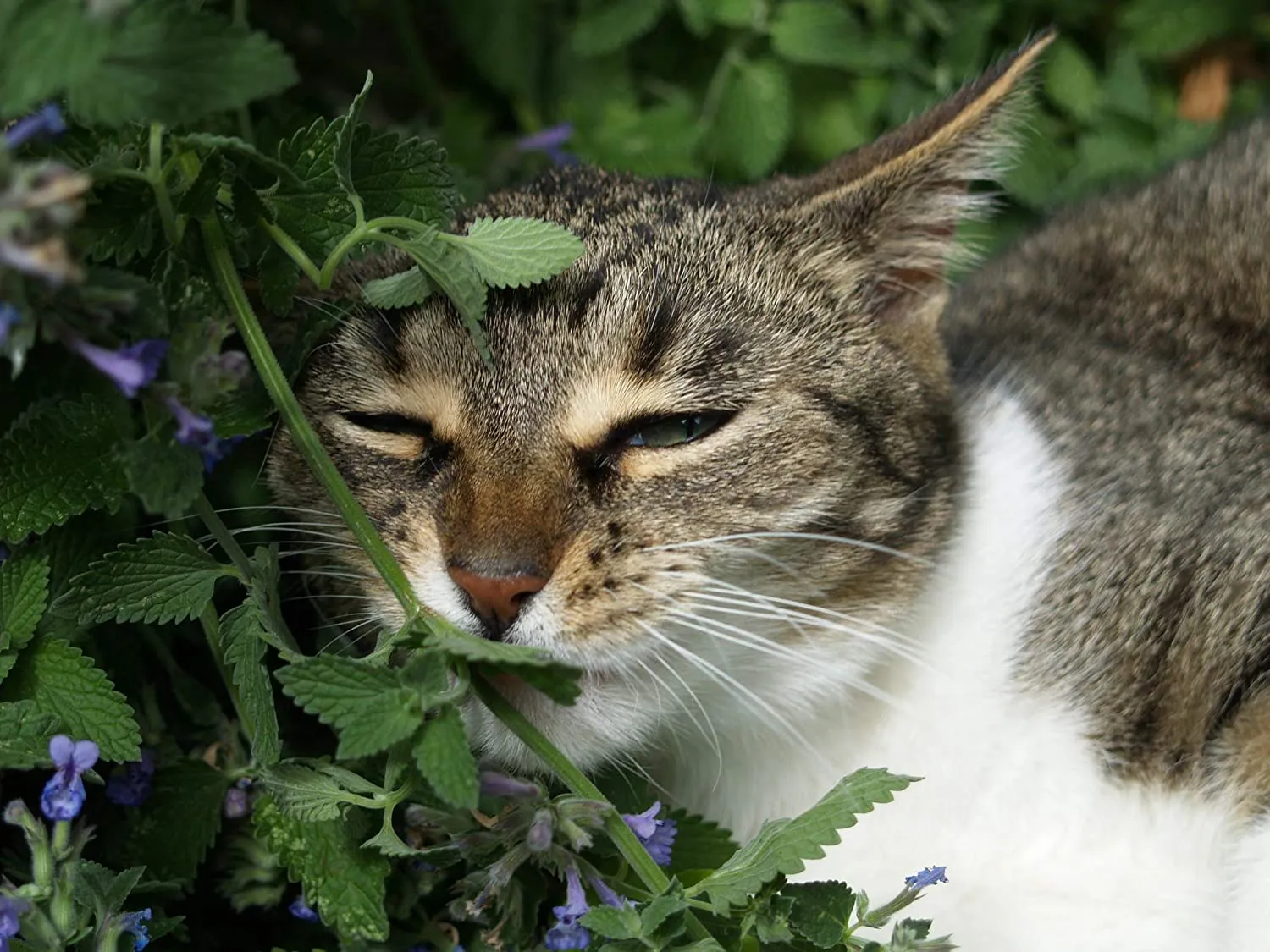
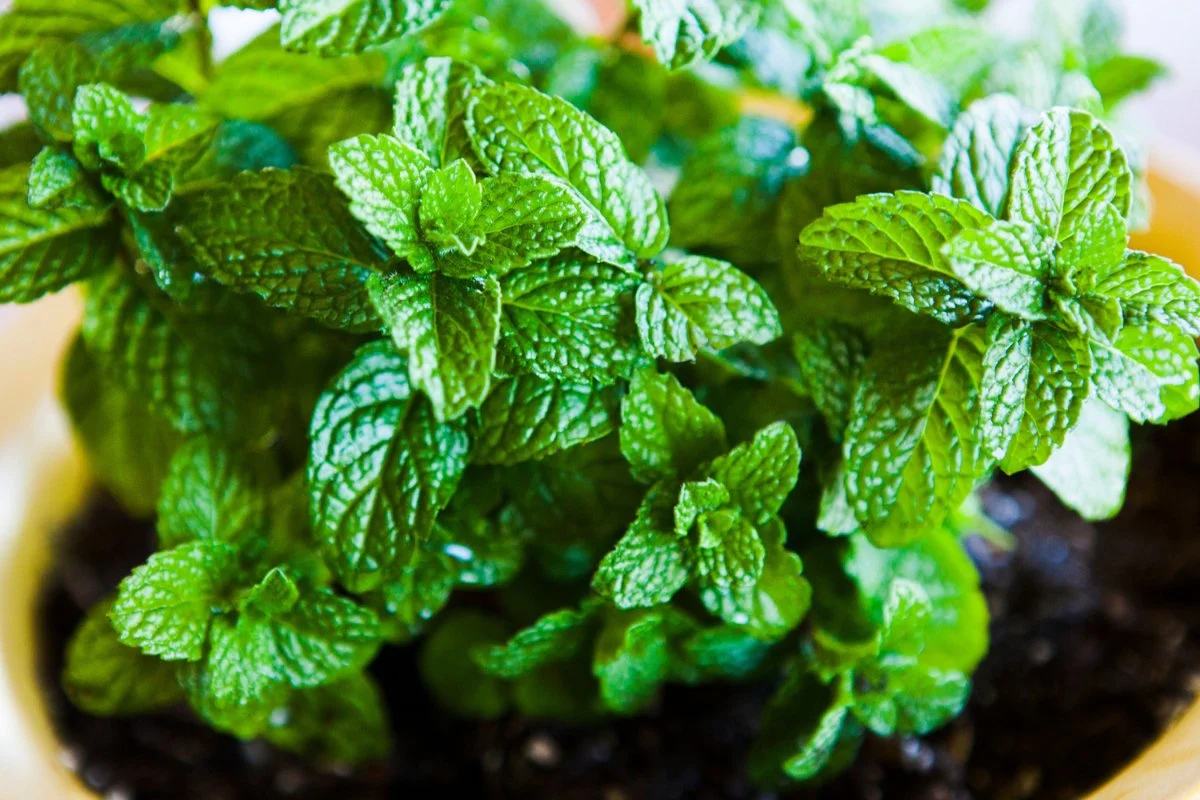
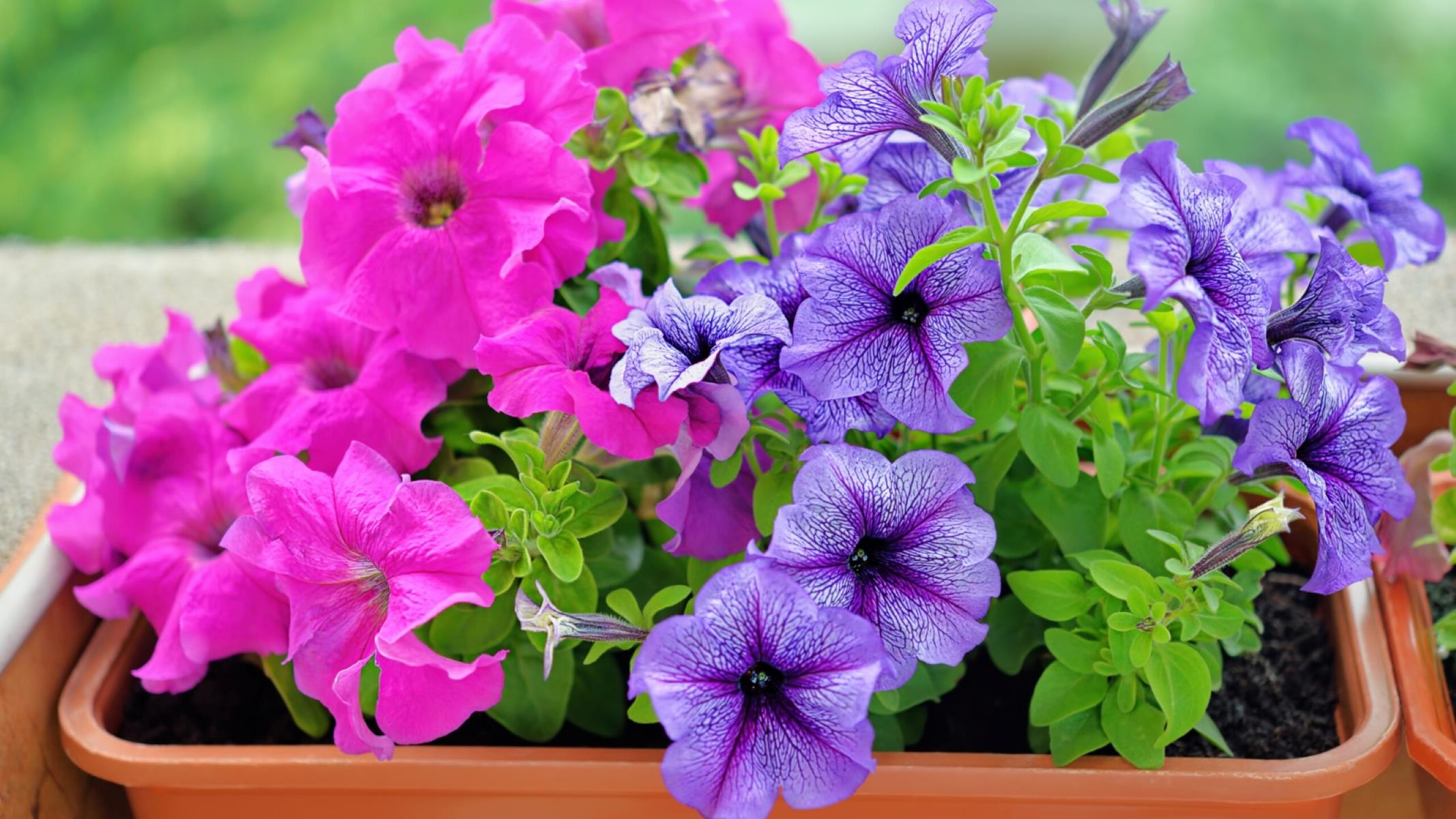
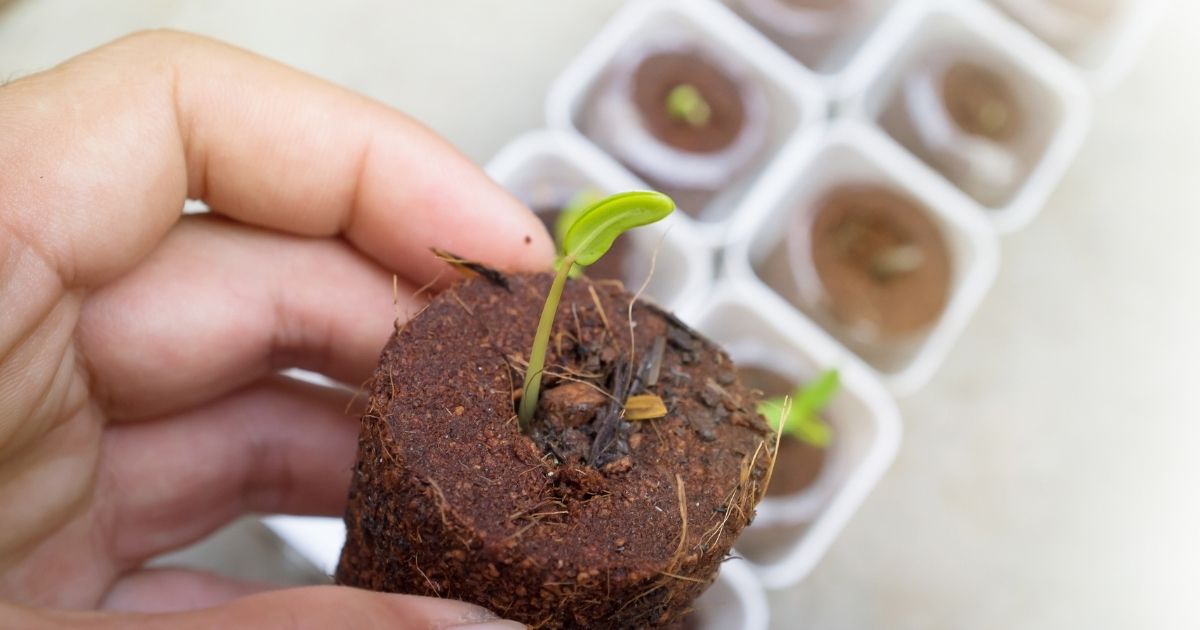
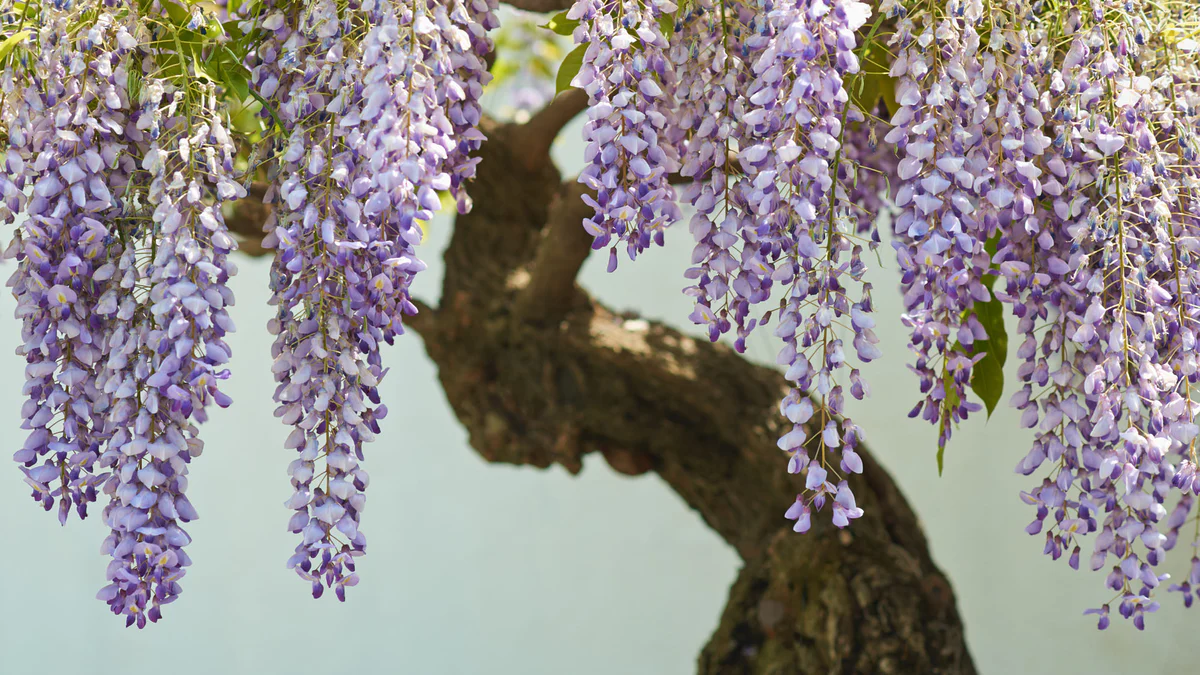
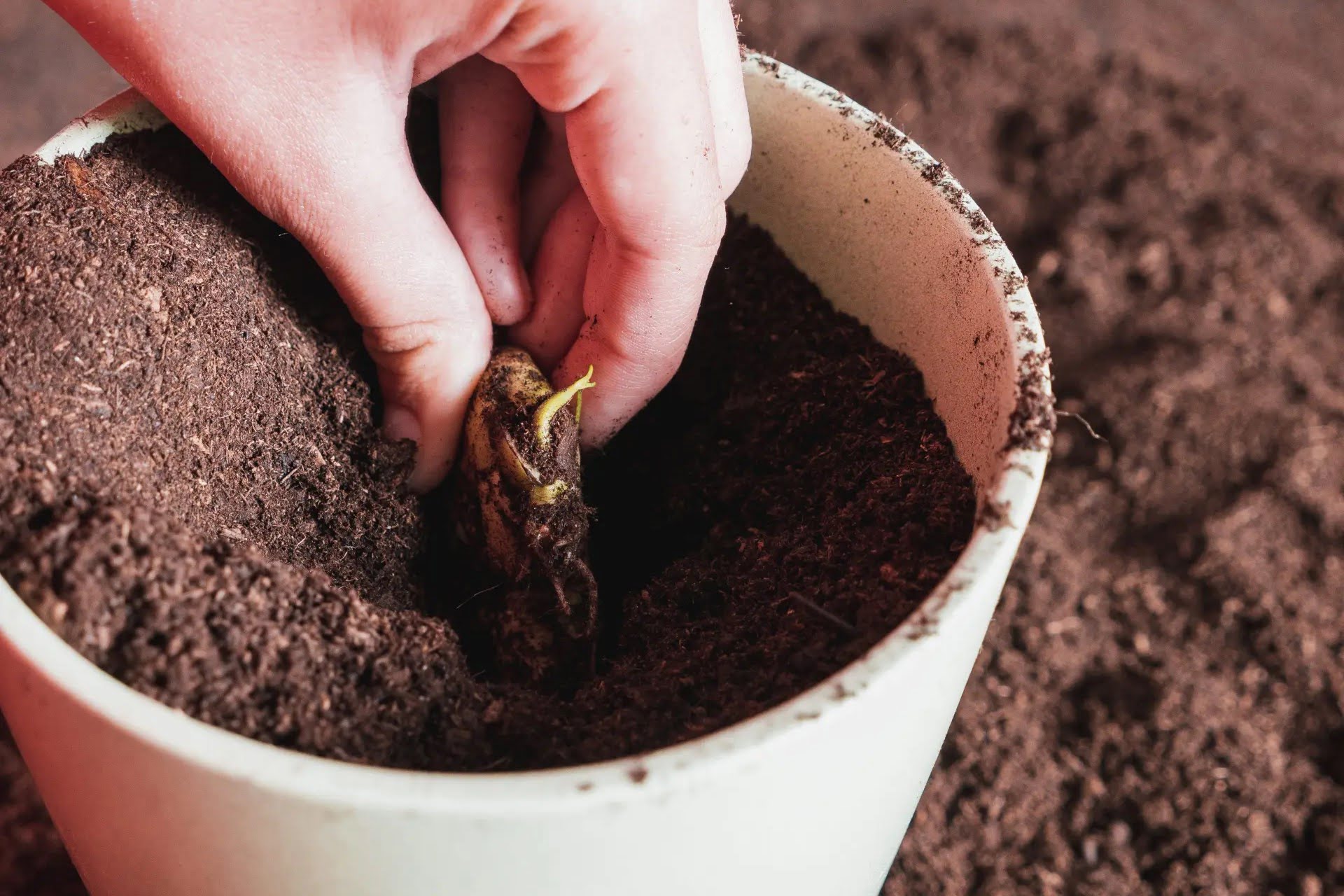
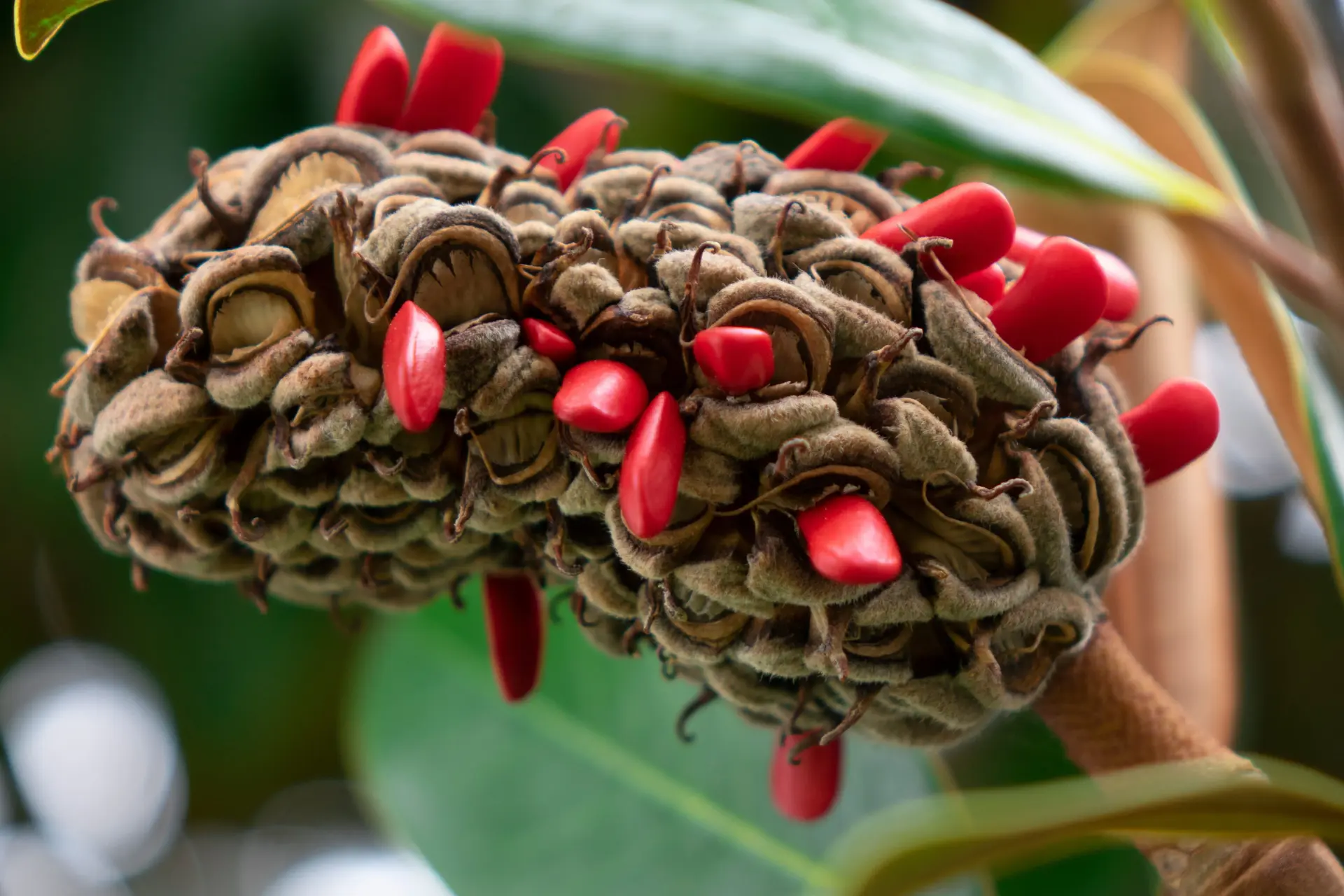
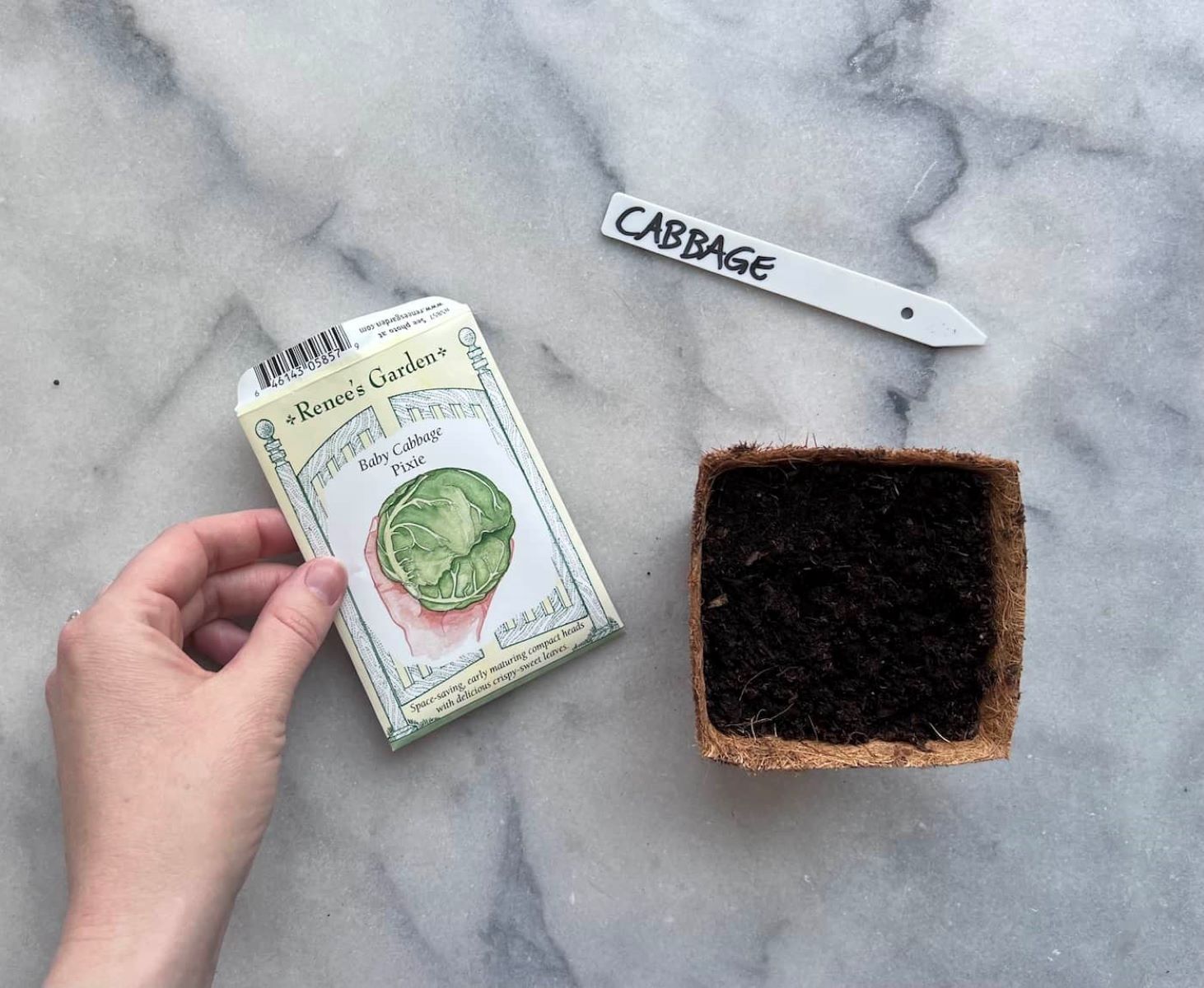
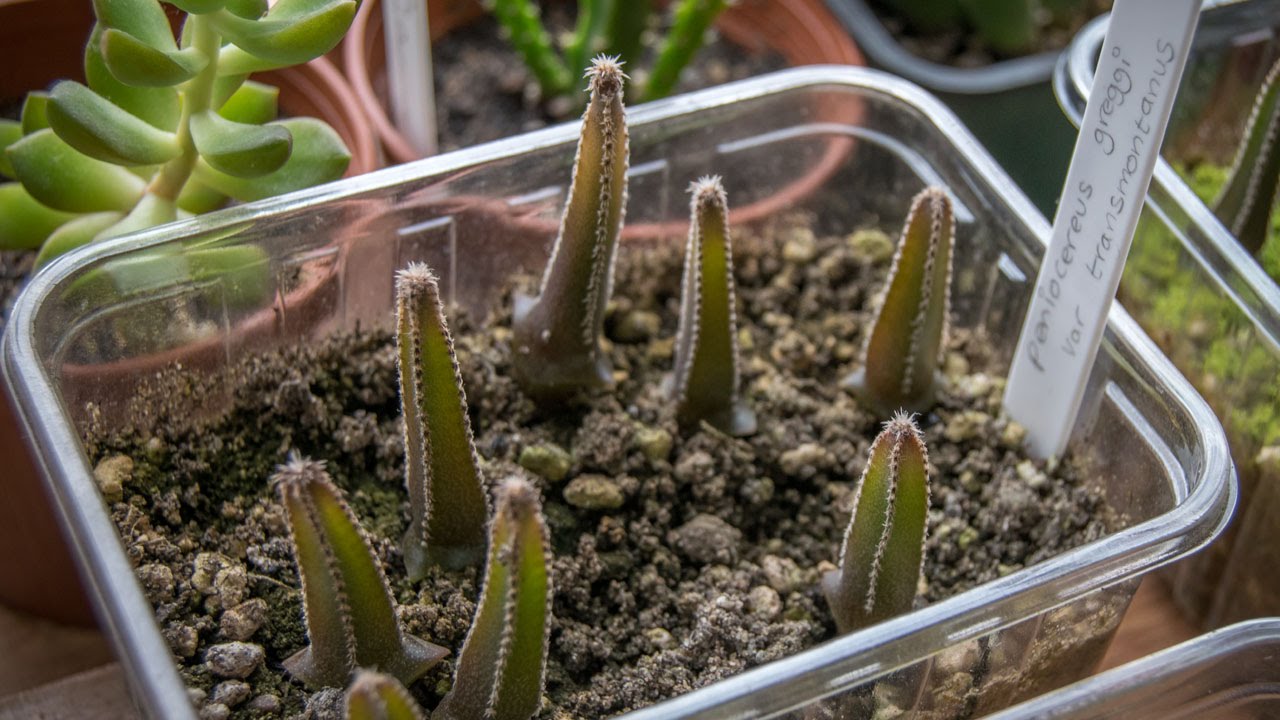
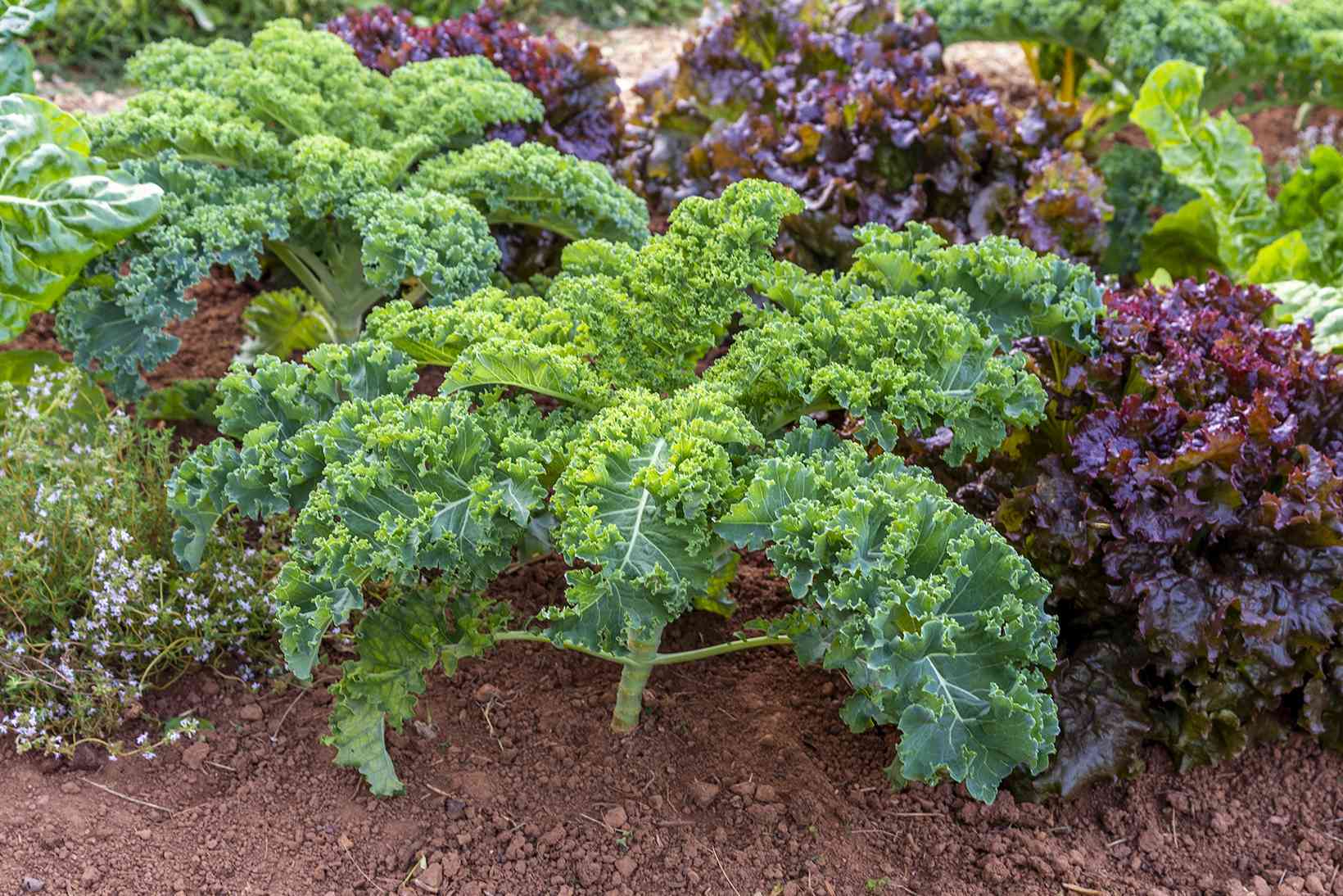
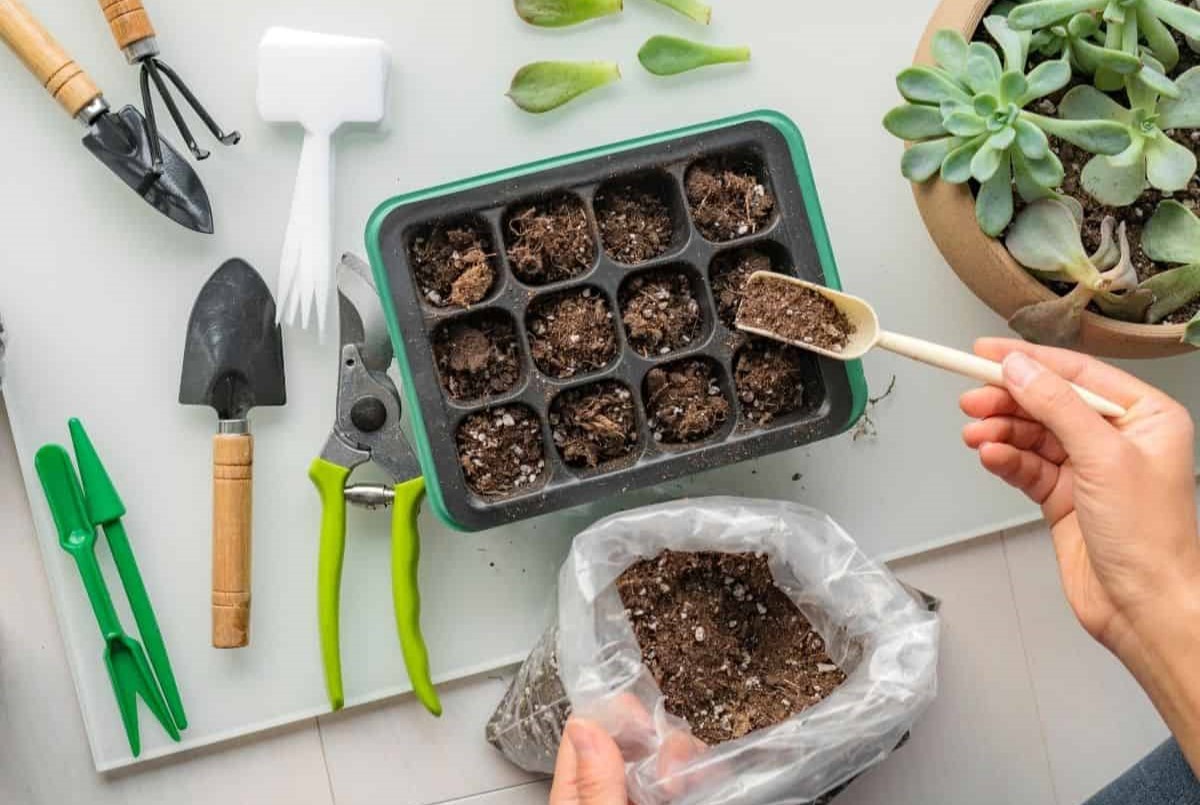

0 thoughts on “How To Start Seeds In A Paper Towel”